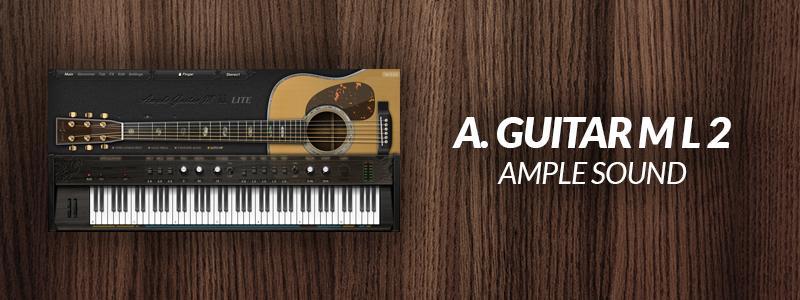

It is extremely easy to stumble across bundles of expensive software after scouring through the results of ‘ best guitar vsts‘ without realizing that you aren’t in Kansas anymore.Īs I mentioned earlier (you may have missed it, I only spent the entire introduction talking about it) the nuances of guitars are traditionally difficult to perfect for digital playing, so most producers tend to avoid virtual guitars and supplement a lack of equipment/space with a virtual amp.

While this seems like a relatively obvious answer (one’s a guitar and one’s an amp!), after a quick google search you will find that not to be the case.

The Difference Between Guitar VST s and Amp VST s However, if you choose to work hard to make the MIDI notation and articulation complex, with a specific purpose in mind, there’s no reason that a VSTi for any type of guitar (electric, acoustic, or bass) can’t be a valuable tool in your - I tried to think of another word and failed - toolbox. You may run into some sonic issues if you attempt to build an entire song using sample libraries in place of real guitars, especially when it comes to strumming chords or particular dynamics on an emotional solo. That, coupled with the fact that the overall quality of guitar VSTis has been steadily improving, means that there is actually plenty to praise and discuss in a positive light. While I do appreciate the difficulties in simulating the intricacies of guitar playing, it’s not like other instruments with superior VST emulations don’t have similar nuances in playstyle. Well, if you’d just LET ME FINISH, you would know the answer is no. Are you just going to spend the whole time complaining?‘ Okay, I know what you’re thinking: ‘ this is a lot of anti-guitar VST sentiment for an article about guitar VSTis. I suspect it has something to do with the unique playing style of guitars - the way they are plucked, strummed or fingerpicked is unique to that class of instruments and seems yet to be consistently replicated in the virtual sphere.


 0 kommentar(er)
0 kommentar(er)
